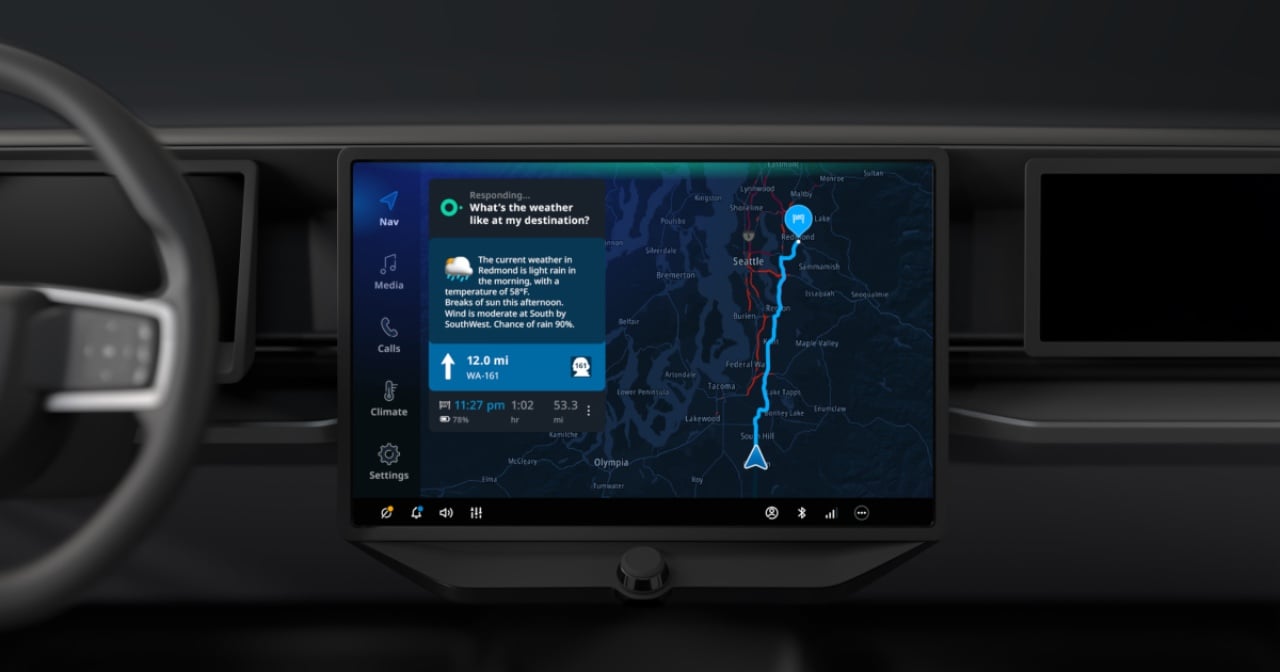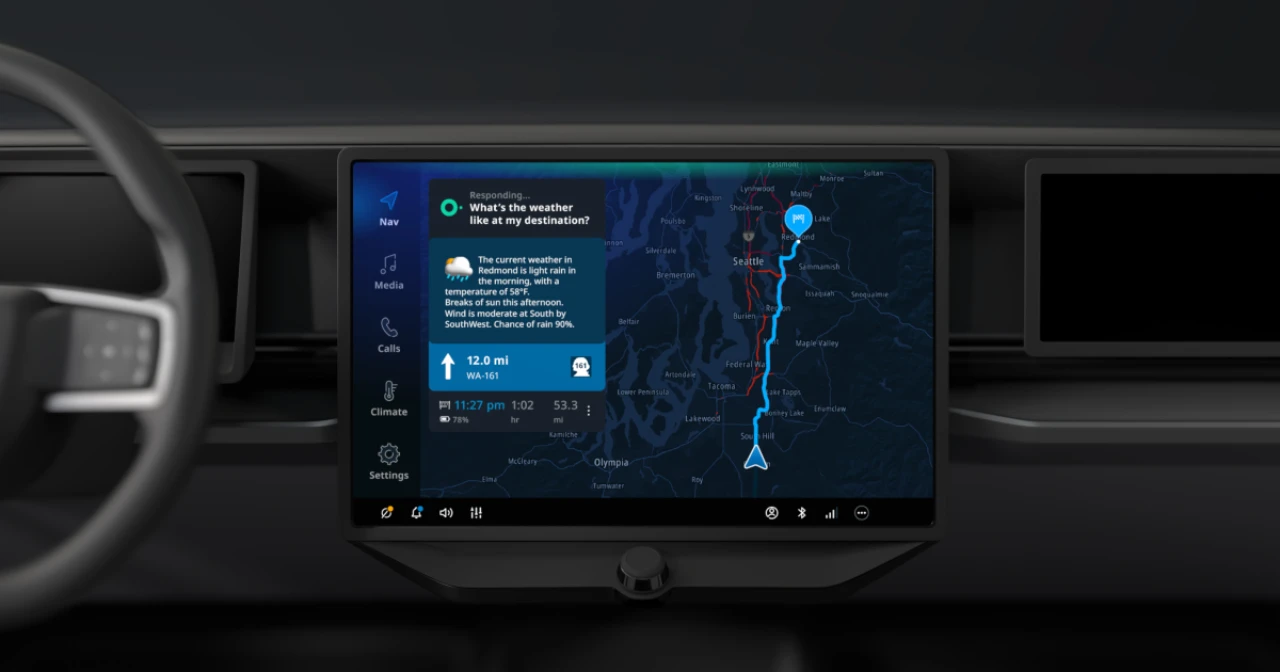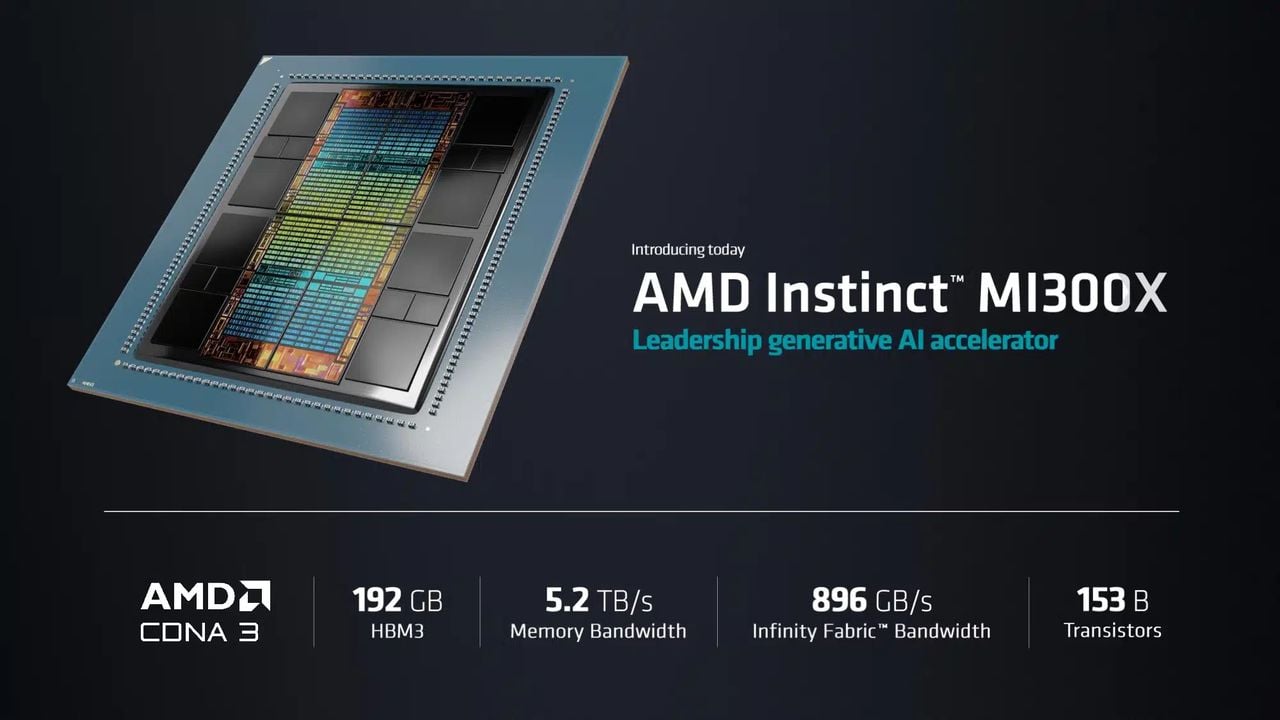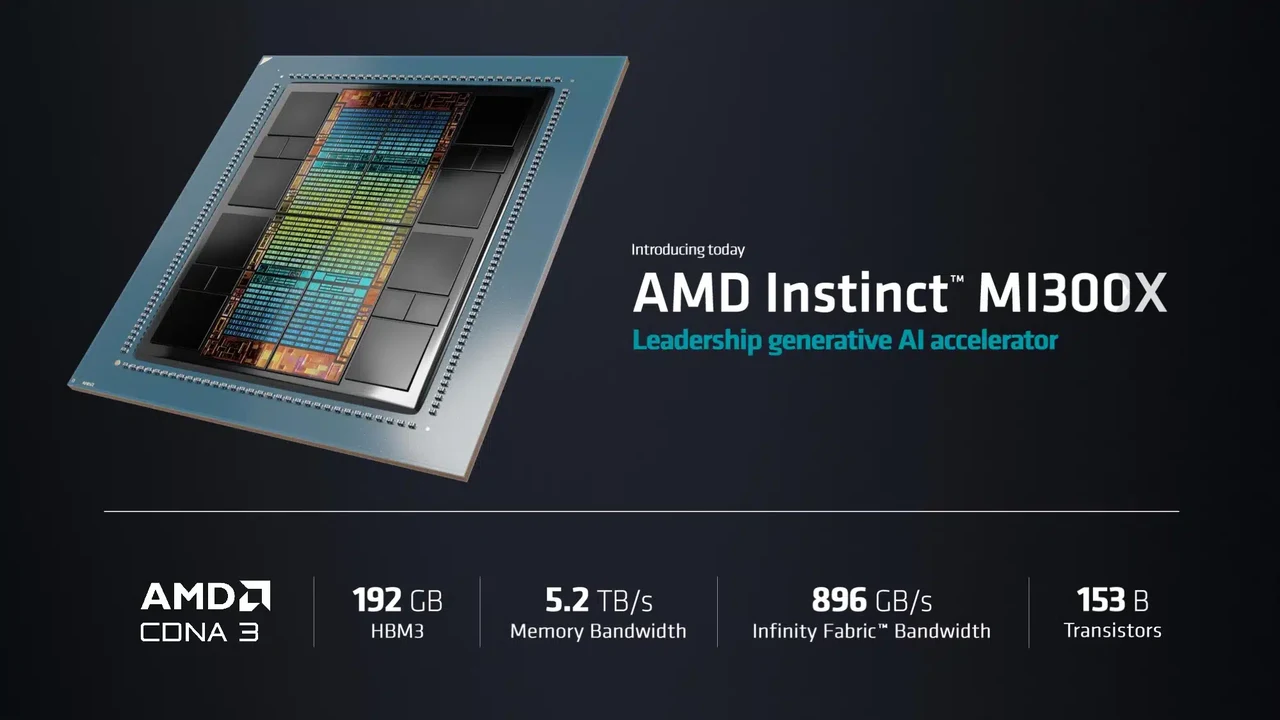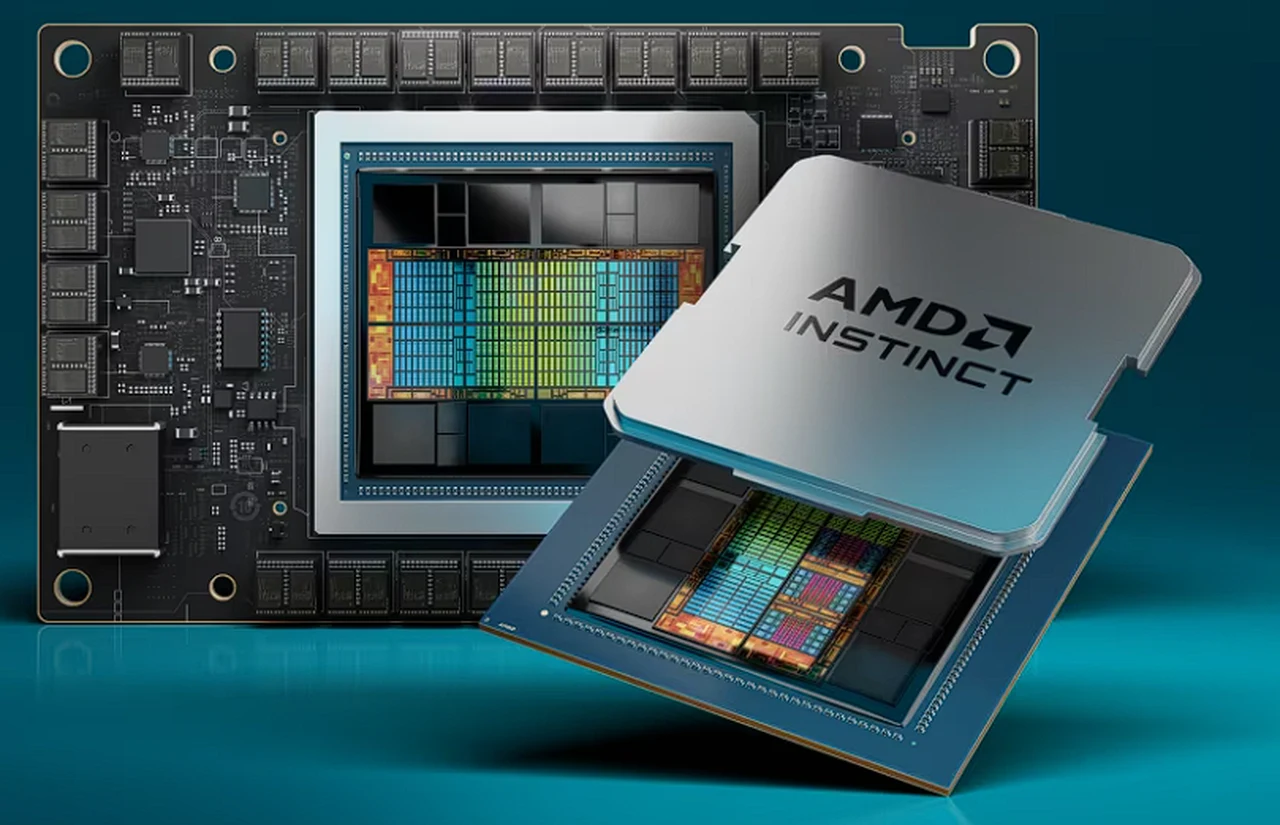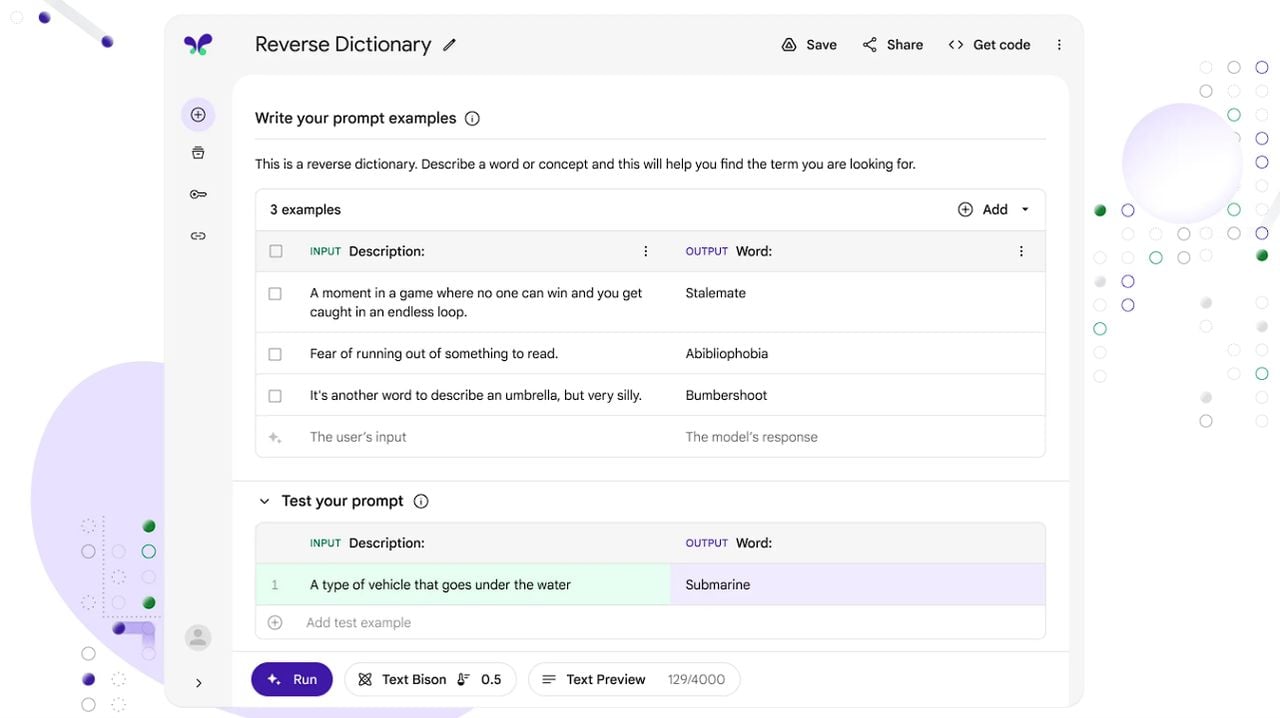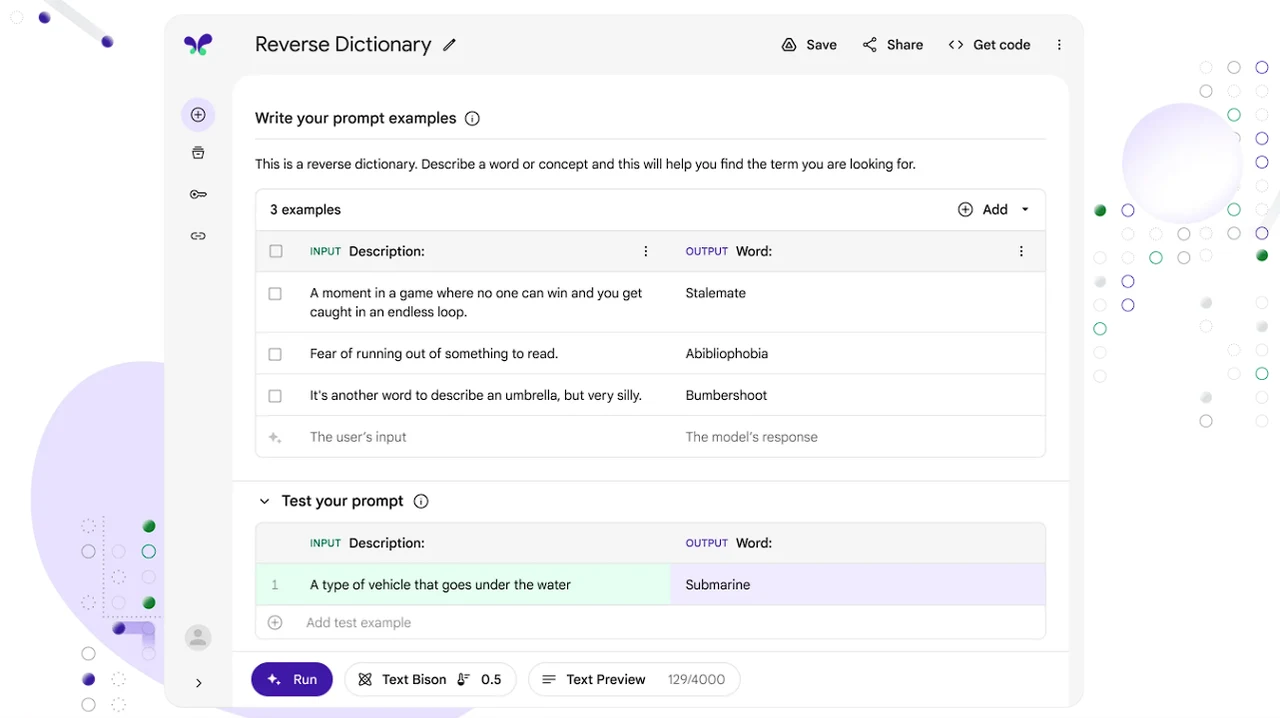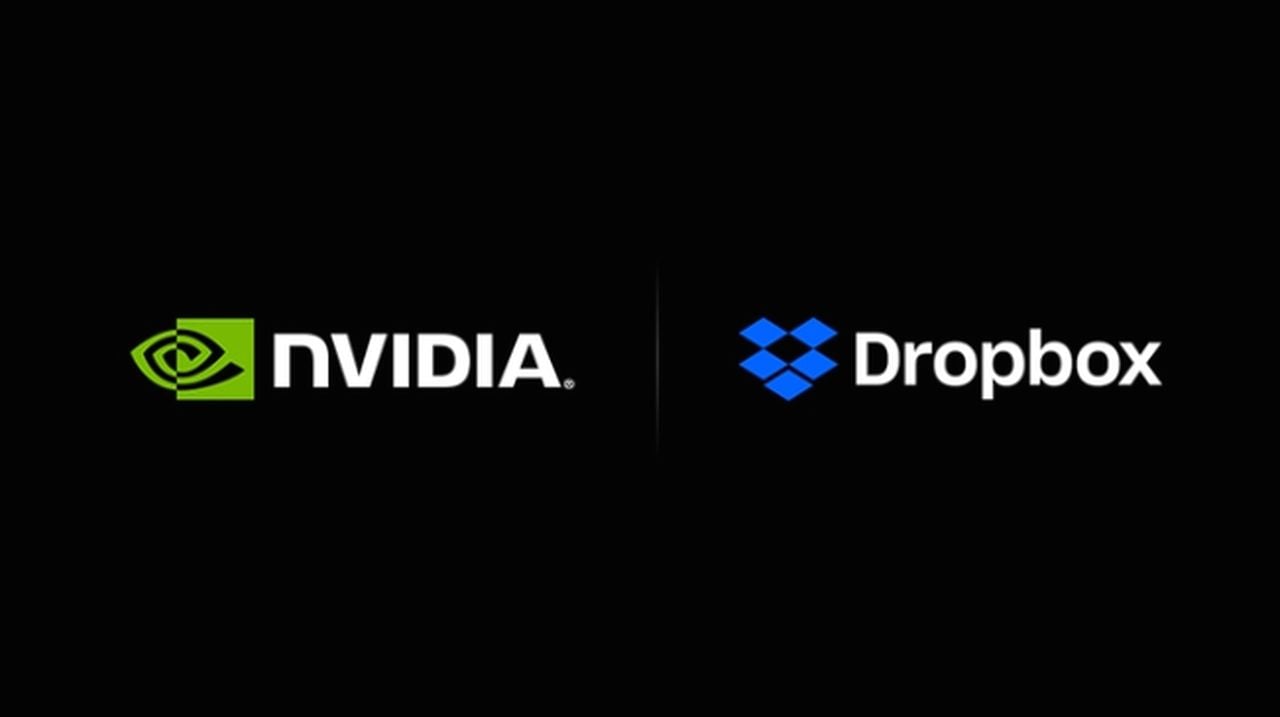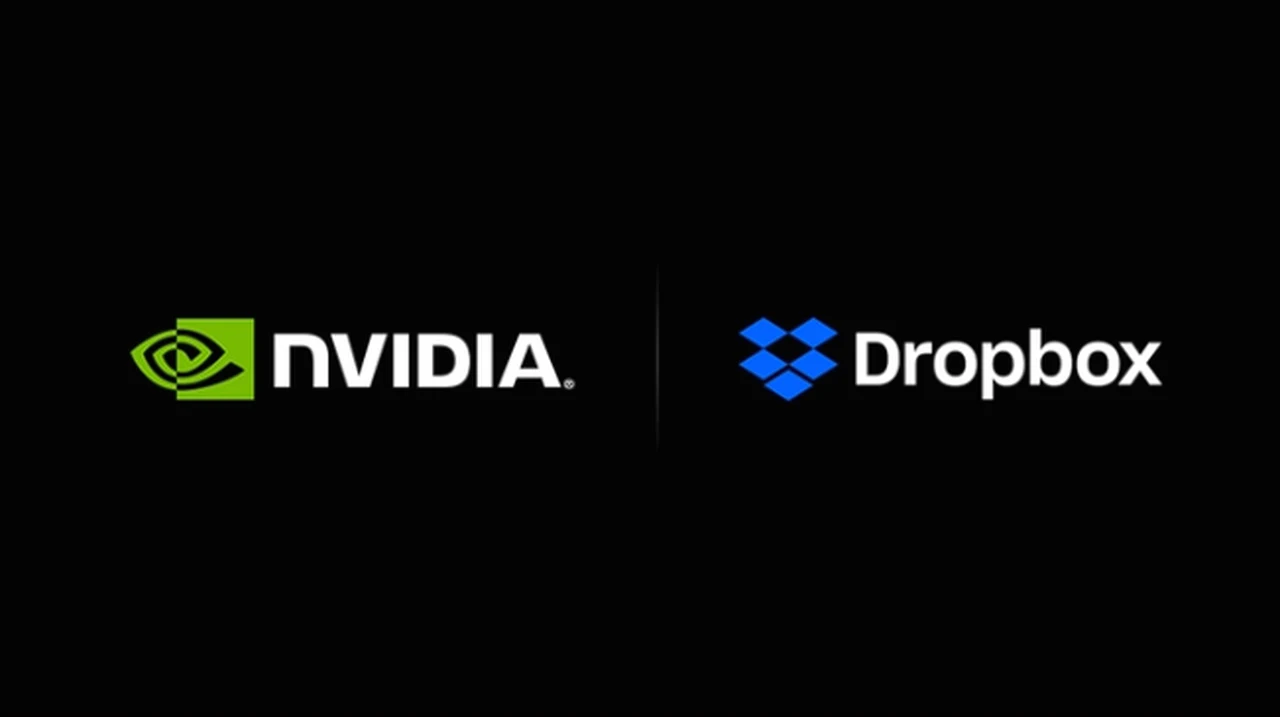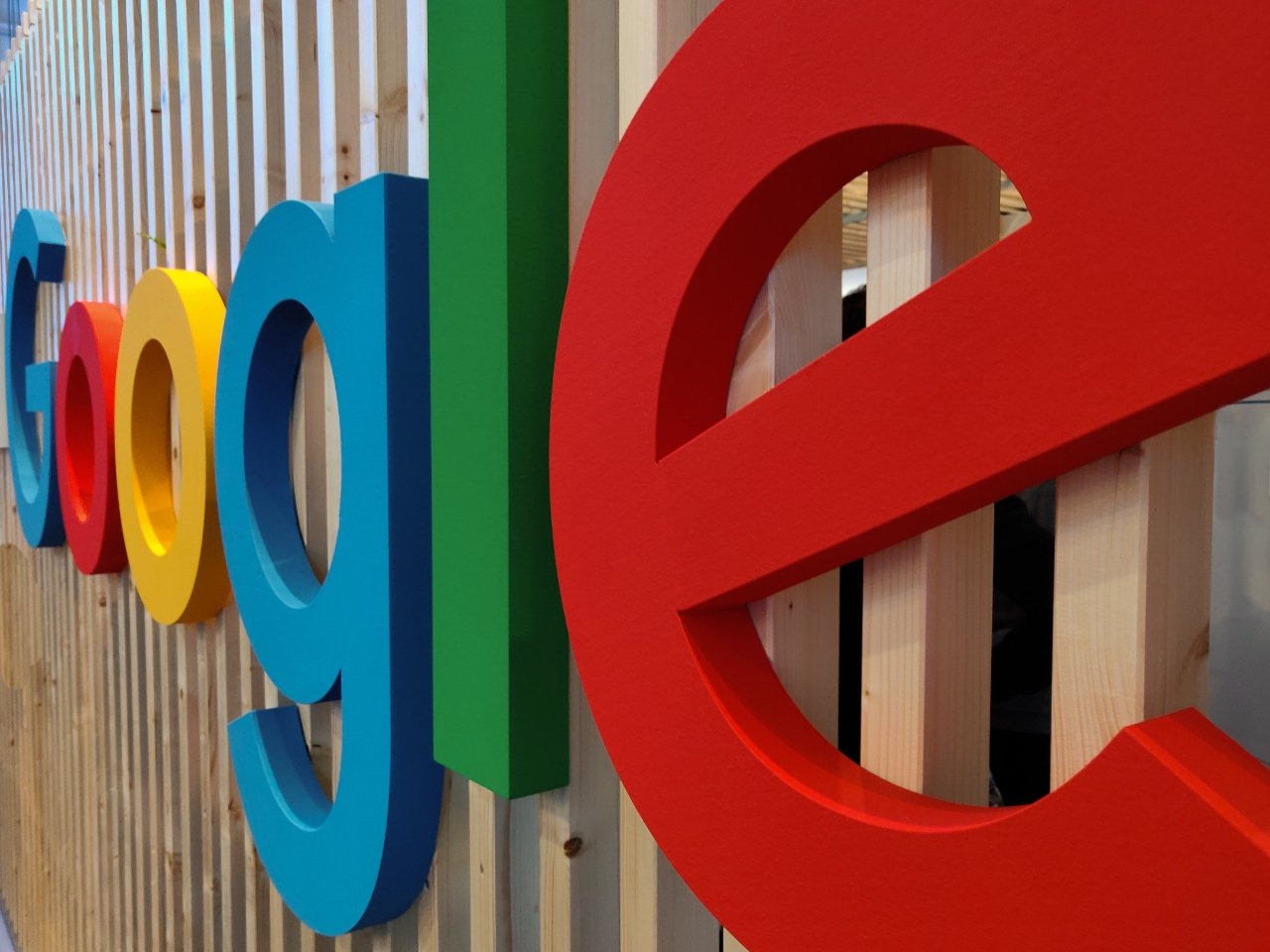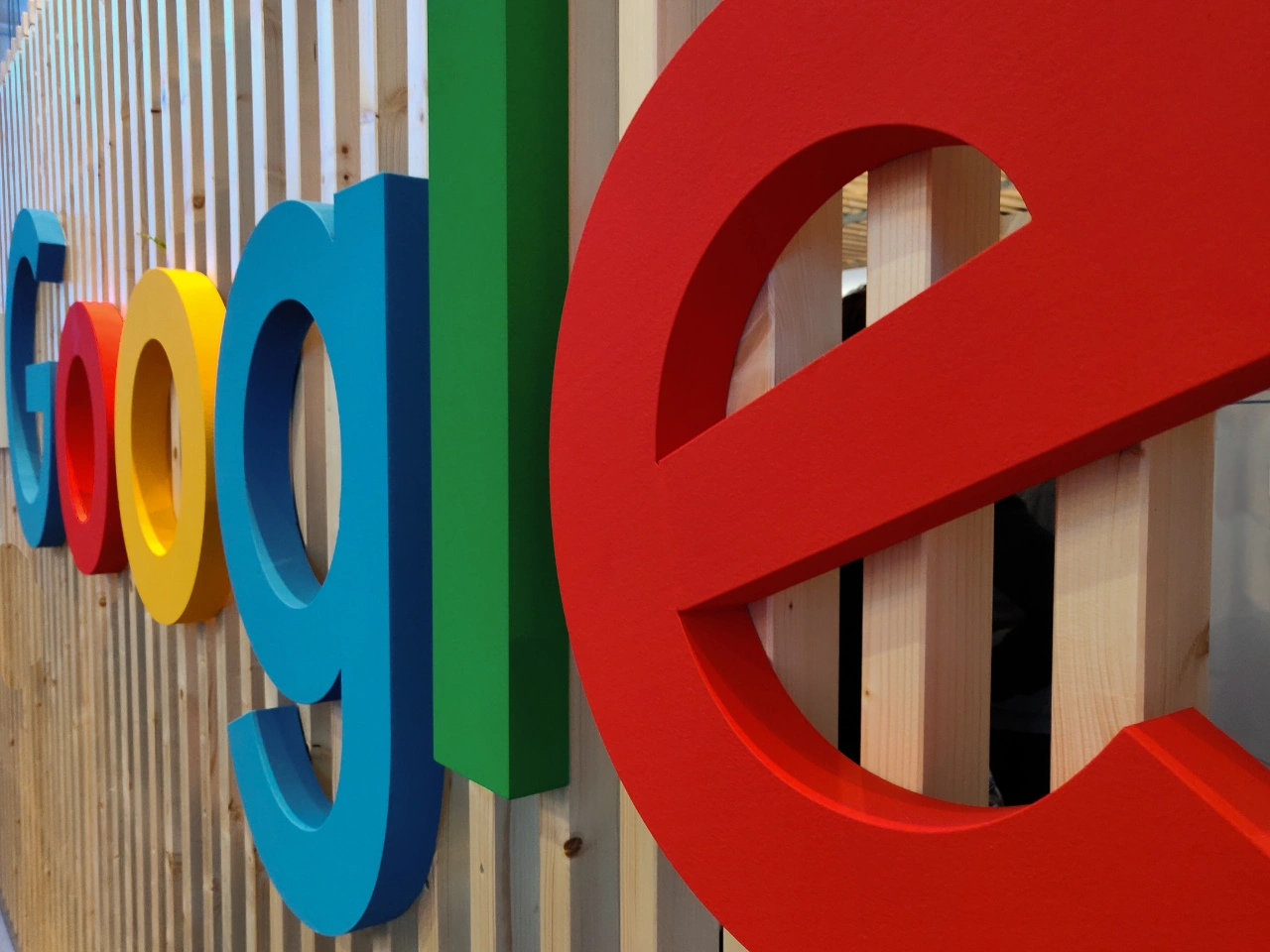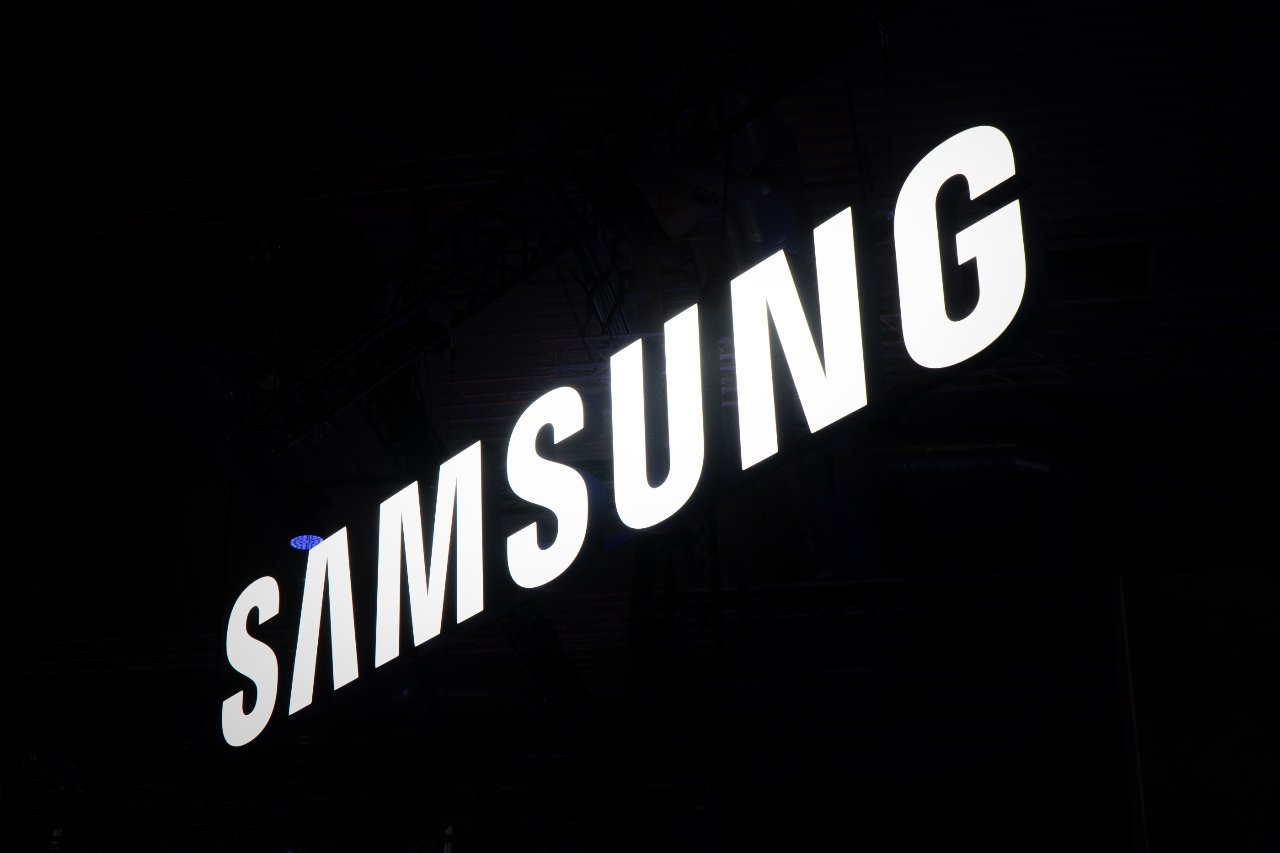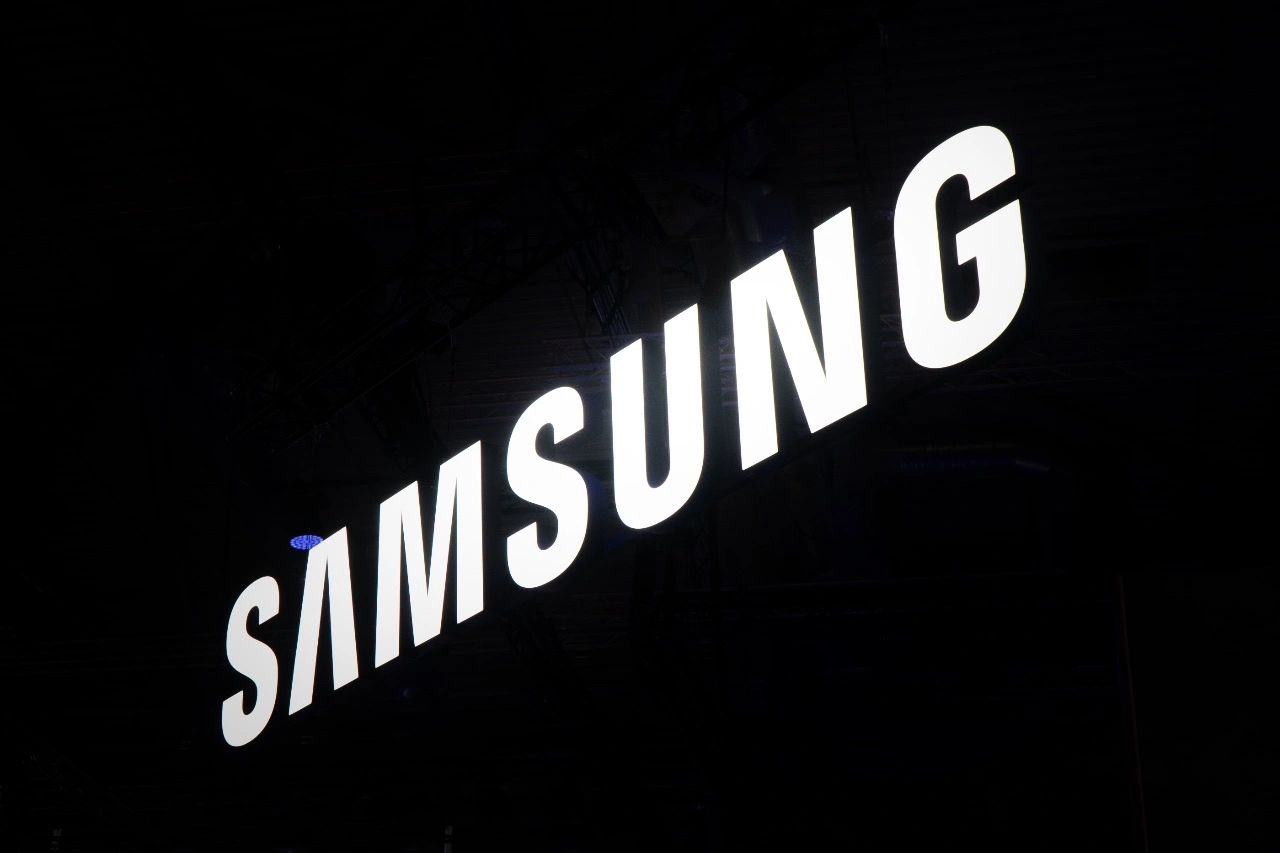
In a recent series of lectures at the Turing Institute, the UK’s hub for data science and artificial intelligence research, experts gathered to discuss the future of generative AI. This technology, which can independently generate new content, has been making significant strides, from crafting written text to creating visual art and complex legal documents. The series culminated with a session that paid homage to Alan Turing, a pioneer in computing, and delved into the exciting trajectory of generative AI.
Artificial intelligence has been on a remarkable journey, marked by steady progress and recent breakthroughs in machine learning that have propelled AI capabilities forward. Central to these advancements is the training data that AI systems use to learn. Typically, AI is fed labeled data in a process known as supervised learning, which it then uses to predict outcomes or generate new content.
During the lecture, the focus was on neural networks, which are complex structures modeled after the human brain. These networks are crucial for AI’s ability to recognize patterns and make decisions. The speakers highlighted how the combination of large data sets, affordable computing power, and scientific discoveries in deep learning have expanded what AI can achieve.
The future of generative AI
Here are some other articles you may find of interest on the subject of generative AI :
One of the most significant milestones in AI was the introduction of the Transformer architecture and large language models like GPT-3. These have greatly improved AI’s text generation capabilities, making it more realistic and pushing the boundaries of machine creativity. However, the lecture also pointed out the challenges that come with such powerful technology, including errors, biases, toxicity, and copyright issues, as well as the need to comply with GDPR to protect privacy and data.
AI’s understanding is still not perfect and is often constrained by the contexts of its training data. This limitation has led to philosophical and ethical discussions about the potential for general artificial intelligence and the concept of machine consciousness. The Turing Test, a historical benchmark for AI’s ability to mimic human intelligence, was reconsidered in light of these new developments.
Looking to the future, the lecture suggested that AI could soon develop multimodal capabilities, combining text, images, sound, and video to create personalized content. This could change the way we interact with technology, making it more intuitive and responsive to individual preferences.
The Turing Lecture series has shed light on the significant impact of generative AI and the ethical considerations and limitations that come with its use and development. As AI continues to advance, it is poised to redefine content creation and many other areas, leading to a future where it may become increasingly difficult to tell apart content created by humans from that generated by machines.
Filed Under: Technology News, Top News
Latest timeswonderful Deals
Disclosure: Some of our articles include affiliate links. If you buy something through one of these links, timeswonderful may earn an affiliate commission. Learn about our Disclosure Policy.




